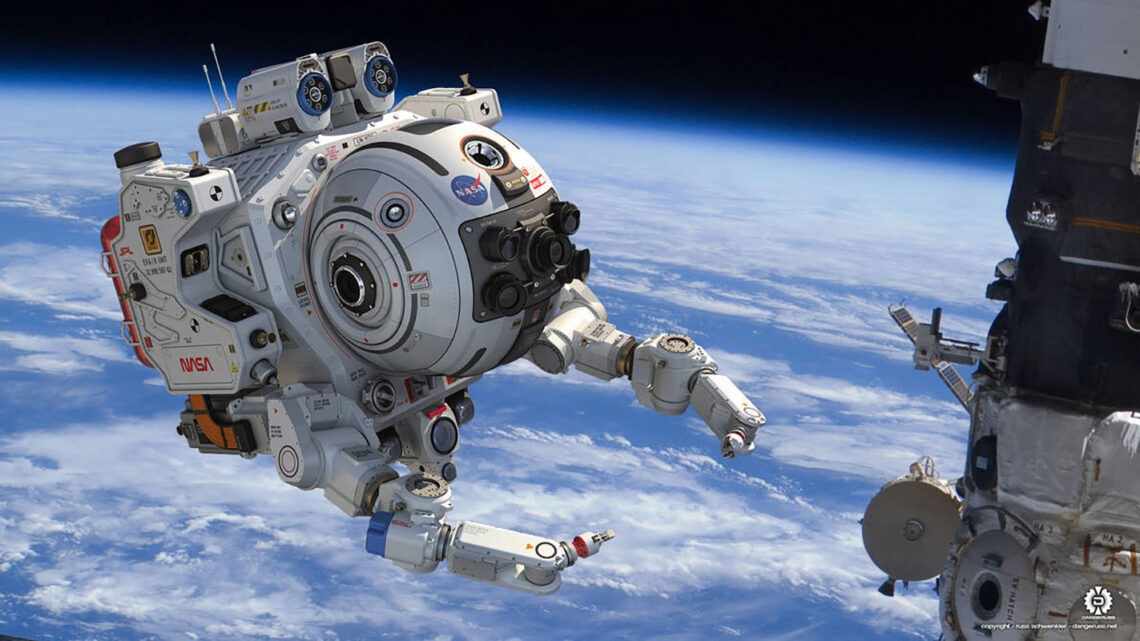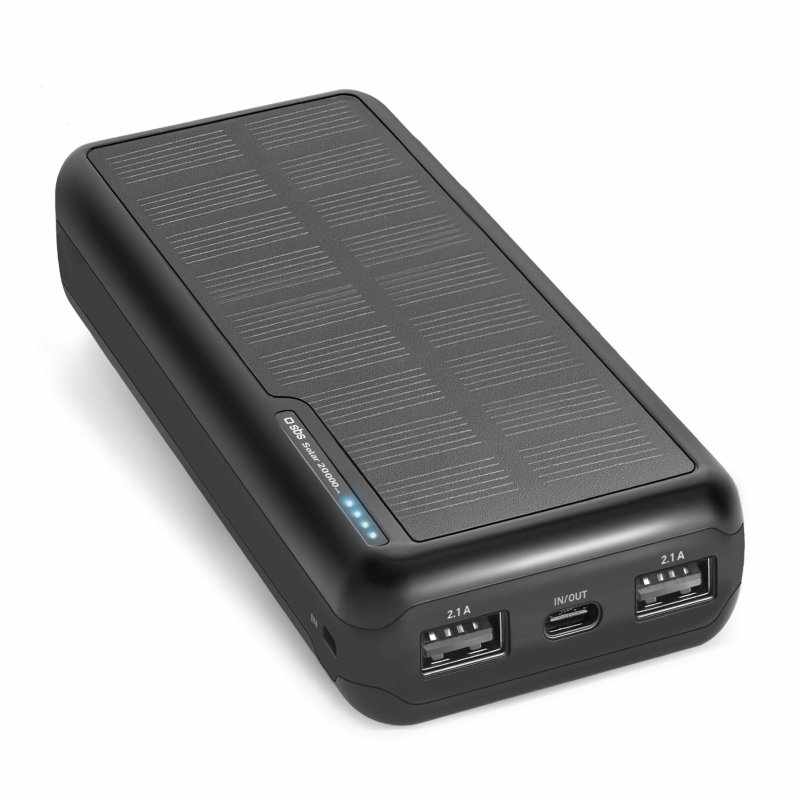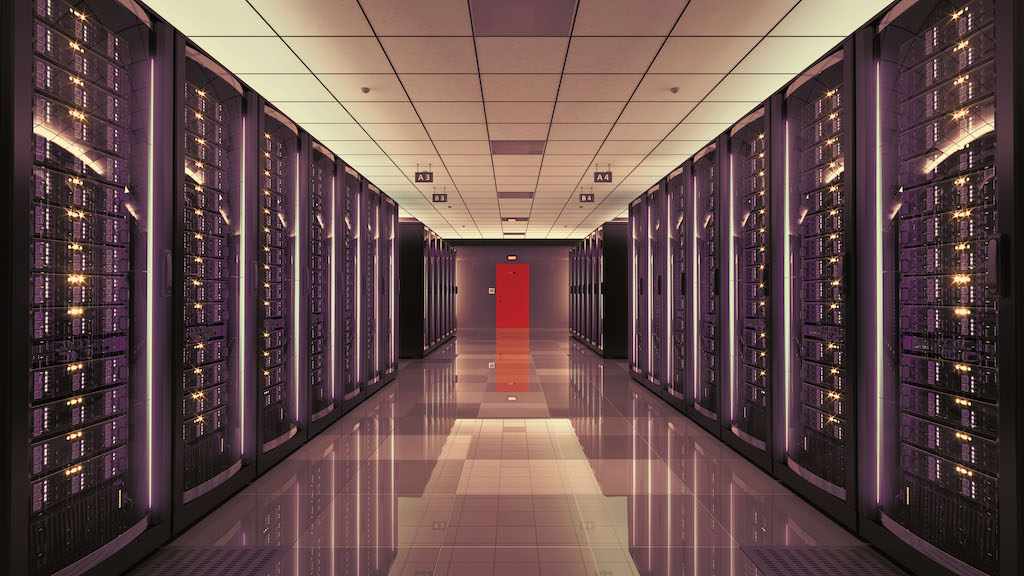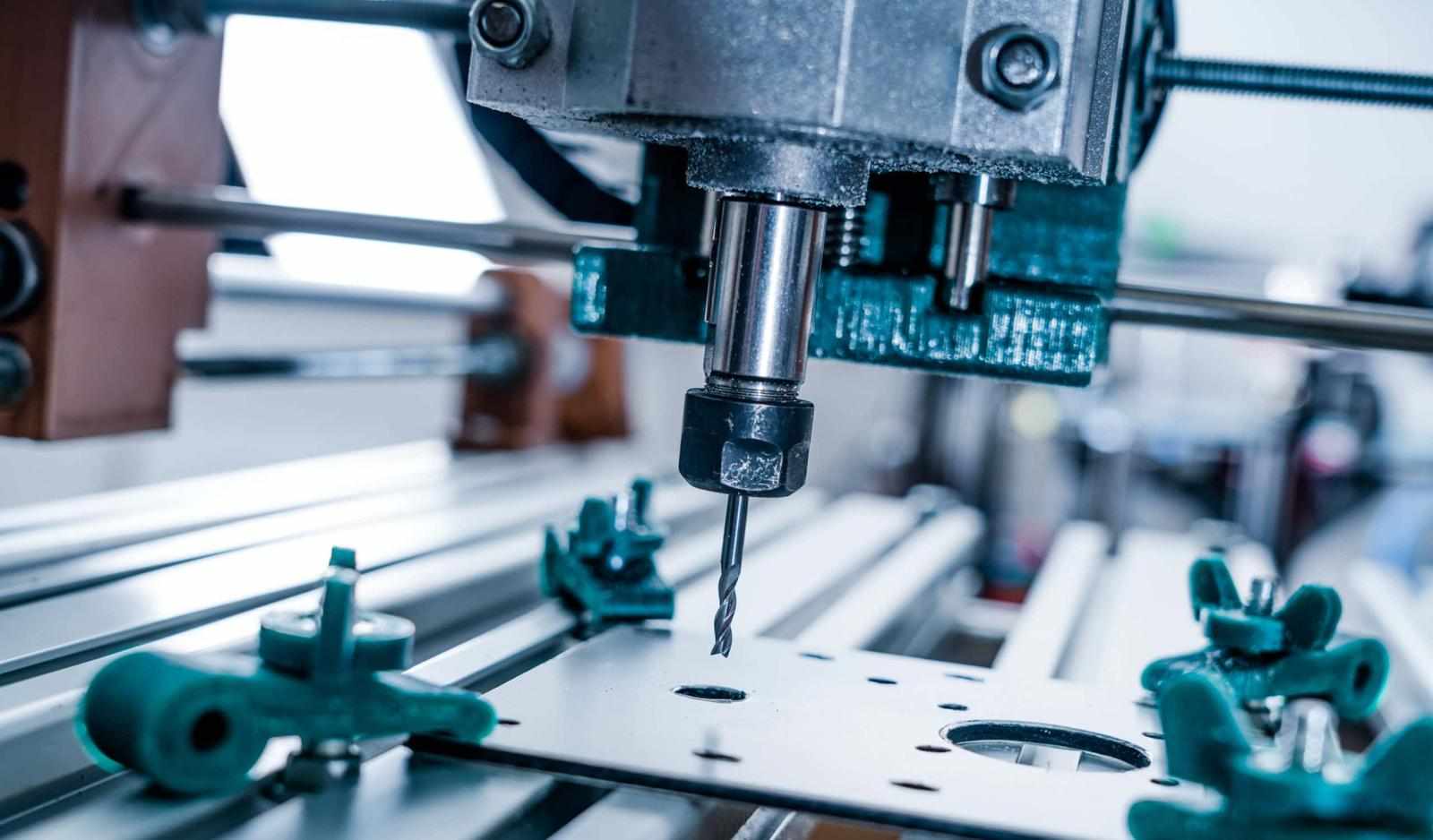
Introduction
The Space Robotics and Autonomous System (Space RAS) Market is experiencing a transformative phase, driven by increasing ambitions for space exploration, satellite infrastructure development, and the need for cost-effective and efficient operations in the harsh space environment. Within this dynamic landscape, Astrobotic Technology, a U.S.-based private company, has emerged as a key innovator, shaping the future of space robotics through its strategic focus, emerging technologies, and ambitious development programs.
Founded in 2007 with the initial goal of winning the Google Lunar X Prize, Astrobotic has evolved into a pioneering force in lunar logistics and space robotics. Headquartered in Pittsburgh, Pennsylvania, the company boasts a comprehensive approach, offering end-to-end delivery services to the Moon, encompassing spacecraft design, testing, launch coordination, and lunar landing. Astrobotic's core strategy revolves around making space more accessible and cost-effective for commercial, academic, and governmental entities through the pragmatic application of robotics and autonomous systems.
Strategic Pillars Driving Astrobotic's Growth in Space RAS
Astrobotic's approach to the Space RAS market is underpinned by several key strategic pillars:
· End-to-End Lunar Logistics: Unlike many companies focusing on specific components, Astrobotic offers a complete suite of services for lunar missions. This vertical integration, encompassing landers (Peregrine and Griffin) and rovers (CubeRover), positions them as a one-stop solution for payload delivery and surface operations. This strategy simplifies mission planning and execution for customers, reducing complexity and potential interface issues.
· Modular and Scalable Platforms: The company's product lines, such as the CubeRover, emphasize modularity and standardization. This approach, akin to the successful CubeSat format, allows for the assembly of customized robotic units that are compatible, interchangeable, and cost-effective. This reduces development time and costs for specific mission requirements.
· Focus on Key Enabling Technologies: Astrobotic strategically invests in and develops critical technologies that enhance the capabilities and reliability of their space RAS offerings. These include advanced navigation systems (Terrain Relative Navigation, Visual-Lidar-Inertial Navigation), hazard detection, autonomous surface mobility, and mission planning software. This focus on core technologies provides a competitive edge and enables more complex and efficient missions.
· Partnerships and Collaborations: Astrobotic actively collaborates with NASA, commercial entities, and academic institutions to advance its technologies and expand its market reach. These partnerships, such as the joint development of lunar rover tires with Bridgestone and the integration of AI-powered acoustic monitoring on the International Space Station with Bosch, bring diverse expertise and resources to their endeavors.
· Vision for Sustainable Lunar Operations: Astrobotic's long-term vision extends beyond simple payload delivery. The development of LunaGrid, a commercial power service for the lunar surface, demonstrates their commitment to establishing infrastructure that will enable long-term robotic and human presence on the Moon. This forward-thinking approach positions them as a key enabler of a future lunar economy.
Emerging Innovations and Developments at Astrobotic
Astrobotic is at the forefront of several emerging innovations and developments within the Space RAS market:
· Precision Landing and Hazard Avoidance: Their development of visual Terrain Relative Navigation (TRN) and LiDAR-based hazard detection systems is crucial for ensuring safe and precise landings on planetary surfaces. These autonomous systems enable spacecraft to identify optimal landing sites and avoid potential obstacles, increasing mission success rates. Astrobotic was the first commercial company to use TRN for a suborbital landing and is refining these systems for lunar and other planetary missions.
· Autonomous Navigation in GPS-Denied Environments: The AstroNav software framework, utilizing multi-sensor fusion and SLAM (Simultaneous Localization and Mapping) techniques, is designed for autonomous navigation in challenging, unmapped, and GPS-denied environments like lunar skylights and icy moons. This capability is essential for exploring subsurface features and other uncharted territories.
· Modular Robotics for Surface Operations: The CubeRover family of lightweight and compact rovers offers a standardized platform for various lunar surface activities, including scientific instrument deployment, exploration, and resource prospecting. Their modular design allows for customization and scalability to meet diverse mission needs while maintaining cost-effectiveness.
· In-Space Visual Navigation: Astrobotic is developing low-size, weight, and power (SWaP) visual navigation hardware and software for various in-space applications, including rendezvous and docking, autonomous rover navigation, and precision planetary landing. These systems leverage computer vision algorithms for real-time pose estimation and environmental mapping.
· Mission Planning and Simulation Tools: The LunaRay software provides a physically accurate planetary rendering and simulation environment for planning precision landings and rover traverse paths. This tool is particularly valuable for polar missions where lighting conditions can vary dramatically, aiding in the optimization of mission timelines and safety protocols.
· Wireless Power for Lunar Assets: Recognizing the challenges of powering robotic systems during the long lunar night, Astrobotic is developing wireless charging systems in partnership with WiBotic. This technology aims to enable continuous operation of rovers and other lunar assets, overcoming a significant limitation for sustained lunar missions.
· Luar Surface Power Infrastructure: The LunaGrid initiative aims to establish a commercial power service on the Moon, providing reliable and continuous power to various lunar assets. This ambitious project, involving both solar and potentially nuclear power sources, is a critical step towards building a long-term lunar infrastructure.
Adapting to the Evolving Space RAS Market
Astrobotic's strategy and innovations are directly aligned with the key trends and demands of the evolving Space RAS market:
· Increasing Demand for Lunar Missions: With renewed interest in lunar exploration from both government and commercial sectors, Astrobotic's focus on lunar delivery and surface operations positions them to capitalize on this growing demand.
· Need for Cost-Effective Solutions: Their emphasis on modularity, standardization, and efficient technologies addresses the critical need for reducing the high costs associated with space missions.
· Growing Importance of Autonomy: The development of advanced autonomous navigation, landing, and operational capabilities aligns with the increasing reliance on robotics to perform complex tasks in space with minimal human intervention.
· Focus on In-Situ Resource Utilization (ISRU): While not their primary focus, Astrobotic's development of lunar rovers and power infrastructure supports the long-term goal of utilizing lunar resources, which will heavily rely on autonomous robotic systems.
· Commercialization of Space: Astrobotic's business model, centered on providing services to a diverse range of customers, directly contributes to the growing commercialization of space activities.
Conclusion
Astrobotic Technology stands as a prime example of a company strategically leveraging innovation and technological development to establish a strong position in the burgeoning Space RAS market. Their end-to-end lunar logistics approach, coupled with a focus on modularity, key enabling technologies, and ambitious infrastructure initiatives like LunaGrid, sets them apart as a leader in the field. As the demand for efficient, cost-effective, and autonomous solutions for space exploration and utilization continues to grow, Astrobotic's pioneering spirit and commitment to advancing space robotics will undoubtedly play a crucial role in shaping the future of humanity's endeavors beyond Earth. Their ongoing developments and strategic collaborations underscore their dedication to making space accessible and sustainable for a new era of exploration and commercial activity.










Write a comment ...